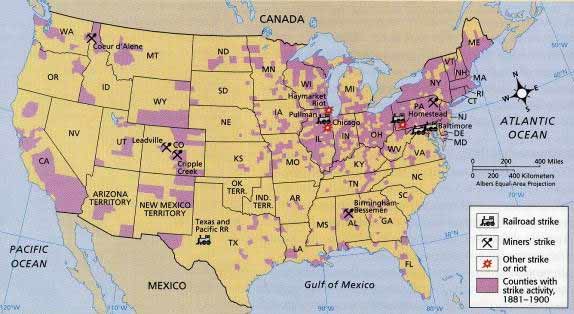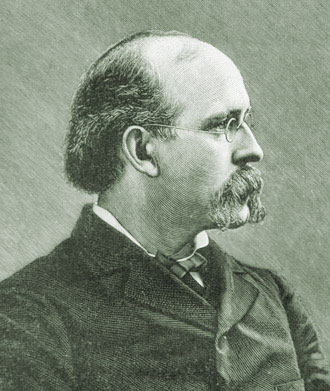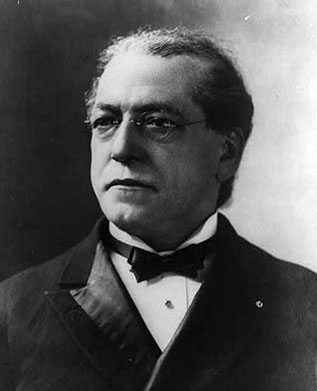
The history of labor in the United States started with the farmers during the colonial era. As the country became more industrialized, workers with skills increased. Laborers began to protest against low wages. As a result, the first strike occurred in 1768 as a group of tailors protested a wage reduction. Later, groups of skilled workers organized; these unions spread across the colonies and across skilled trades.
The labor movement started in response to the needs of workers. Workers began to organize to make changes that were needed in all of the industries. The labor movement worked to get better wages and safer conditions for workers. The movement also fought to end child labor and help workers who were injured.
Strikes were one of the most effective methods of the reform during this movement. Strike participants would collectively stop working, causing an interruption in the flow of business. The earliest strike on record was the journeymen tailors' strike that occurred in New York in 1768. The tailors struck in protest of pay cuts. The group was effective in setting new wages or themselves. As the movement grew, strikes became a popular way for workers to gain attention for the problems they faced on their prospective jobs. The map below illustrates strikes that occurred from 1870-1890.

According to the map above, most strikes were concentrated in the Northeast, but labor strikes were not limited to that area. The labor reform movement touched most of the United States. American workers also began to create labor unions that focused on issues that workers in specific industries faced. Throughout the 19th century, two labor unions emerged. Read about the unions below.
The Knights of Labor  |
American Federation of Labor  |
|
|
Sources of images used for this section as they appear, top to bottom: